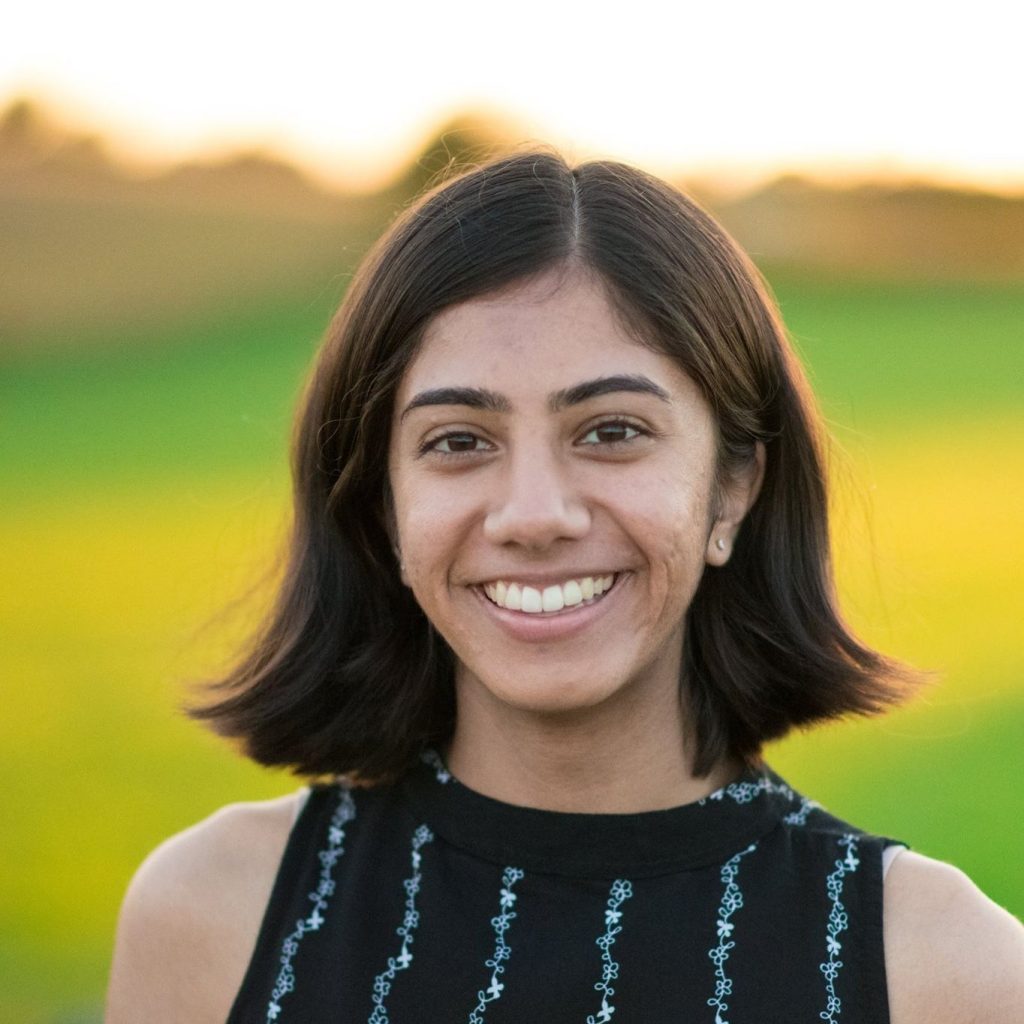Artists and scientists in today’s world often exist in their own disciplinary silos. But the Laboratory Art in Practice Bass Connections team hopes to rewrite this narrative, by engaging Duke students from a range of disciplines in a 2-semester series of courses designed to join “the artist studio, the humanities seminar room, and the science lab bench.” Their work culminated in “re:process” – an exhibition of student artwork on Friday, April 28, in the lobby of the French Family Science Center. Rather than science simply engaging artistic practice for the sake of science, or vice versa, the purpose of these projects was to offer an alternate reality where “art and science meet as equals.”

Liuren Yin, a junior double-majoring in Computer Science and Visual and Media Studies, developed an art project to focus on the experience of prosopagnosia, or face blindness. Individuals with this condition are unable to tell two distinct faces apart, including their own, often relying on body language, clothing, and the sound of a person’s voice to determine the identity of a person. Using her experience in computer science, she developed an algorithm that inputs distinct faces and outputs the way that these faces are perceived by someone who has prosopagnosia.

Next to the computer and screen flashing between indistinguishable faces, she’s propped up a mirror for passers-by to look at themselves and contemplate the questions that inspired her to create this piece. Yin says that as she learned about prosopagnosia, where every face looks the same, she found herself wondering, “how am I different from a person that looks like me?” Interrogating the link between our physical appearance and our identity is at the root of Yin’s piece. Especially in an era where much of our identity exists online and appearance can be curated any way one wants, Yin considers this artistic piece especially timely. She writes in her program note that “my exposure to technologies such as artificial intelligence, generative algorithms, and augmented reality makes me think about the combination and conflict between human identity and these futuristic concepts.”
Eliza Henne, a junior majoring in Art History with a concentration in Museum Theory and Practice, focused more on the biological world in her project, which used a lavender plant in different forms to ask questions like “what is truthful, and what do we consider real?” By displaying a live plant, an illustration of a plant, and pressings from a plant, she invites viewers to consider how every rendition of a commonly used model organism in scientific experiments omits some information about the reality of the organism.

For example, lavender pressings have materiality, but there’s no scent or dimension to the plant. A detailed illustration is able to capture even the way light illuminates the thin veins of the leaf, but is merely an illustration of a live being. The plant itself, which is conventionally real, can only further be seen in this sort of illustrative detail under a microscope or in a diagram.
In walking through the lobby of FFSC, where these projects and more are displayed, you’re surrounded by conventionally scientific materials, like circuit boards, wires, and petri dishes, which, in an unusual turn of events are being used for seemingly unscientific endeavors. These endeavors – illustrating the range of human emotion, showcasing behavioral patterns like overconsumption, or demonstrating the imperfection inherent to life – might at first glance feel more appropriate in an art museum or a performing arts stage.
But the students and faculty involved in this exhibition see that as the point. Maybe it isn’t so unnatural to build a bridge between the arts and the sciences – maybe, they are simply two sides of the same coin.

